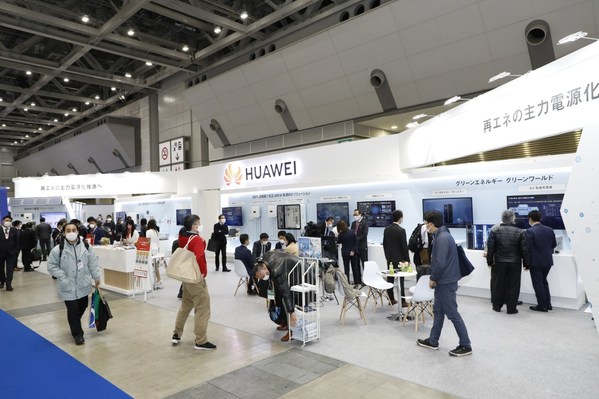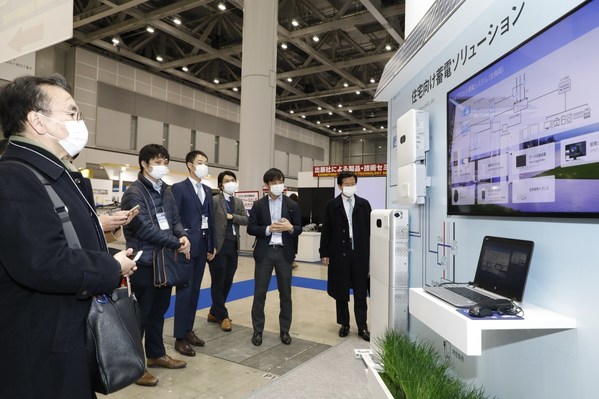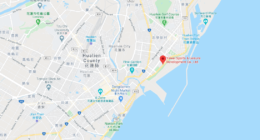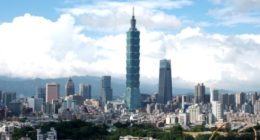TOKYO, March 3, 2021 /PRNewswire/ — Huawei is exhibiting at the 2021 PV EXPO TOKYO with a complete array of solutions from digital power business for the first time, encompassing five key areas: Smart PV, Data Center Energy, iSitePower, Modular Power and mPower.
There is a growing demand for green energy sources, especially photovoltaic, to solve the challenges of digital transformation while also taking into account the impact on the environment and climate change.
The process of the transformation must deal with challenges from the management of big data, massive traffic volumes and high levels of energy consumption.
Huawei’s Digital Power product line seizes the opportunity to evolve from traditional power supply solutions to the energy Internet, focusing on information and communications technologies (ICT) while providing energy infrastructure product solutions and services including solutions for communications, Data Center, Smart PV, mPower and Modular Power.
Since becoming a separate business unit within Huawei in 2008, the digital power business has expanded rapidly, yet steadily, at an average annual growth rate of 29%, with industry-leading output and market share in prefabricated modular Data Center, modular UPS and Smart PV.
Huawei made a big splash in the Japanese market last year when it rolled out its full lineup of digital power solutions, giving Japanese customers and partners an opportunity to gain a deeper understanding of Huawei’s leadership position within the sector.
Renewable energy strengthens position in the market
Renewable energy will become the focal point of future installations, and PV will become the leading form of power supply.
With the feed-in tariff for photovoltaic power generation continuing to drop, helping customers cut costs and enhance revenue has become Huawei’s mission, from power plant construction to O&M (operation and maintenance).
Huawei has optimized the entire process end-to-end, from cross-border integration of digital information, Internet and photovoltaic technologies, to simplified, fully digital, globalized automated operation and maintenance and other innovative services, and, by doing so, has achieved efficient power generation alongside intelligent O&M (operation and maintenance) resulting in safe and reliable smart photovoltaic power plant solutions, ultimately delivering maximum value to the customers who are owners and managers of the power distribution facilities.
Residential energy storage a highlight
Huawei’s newly-launched residential smart string ESS (Energy Storage System) meeting Japan’s disaster preparedness requirements in the context of carbon neutrality. Since its launch last year, the product has been favorably reviewed in many European countries.
Residential energy storage products can be used not only in homes, but also in public facilities including schools, municipal buildings, preparedness centers and small stores, by connecting multiple units in parallel to provide a disaster preparedness solution.
Huawei’s residential energy storage batteries are modular in design and fully suited for use in parallel, with a battery management system (BMS) integrated into every battery pack.
Huawei’s smart string Energy Storage System (ESS) LUNA2000-5/10/15 has been turning heads at the exhibition
Japan announced a draft decarbonization roadmap at the end of 2020, confirming “net zero emissions by 2050” and aiming to accelerate the transition to a low-carbon society through technological innovation and green investment.
The digitalization of energy is well underway, while the innovative integration of digital and energy technologies will enable the end-to-end visible, manageable and controllable intelligent management of energy infrastructure, in concert with enhanced energy efficiency.
Environmentally responsible “green” sources of energy will benefit not only thousands of industries but also innumerable households, with PV, representative of green energy, becoming the main source as the era of comprehensive PV price parity unfolds.












